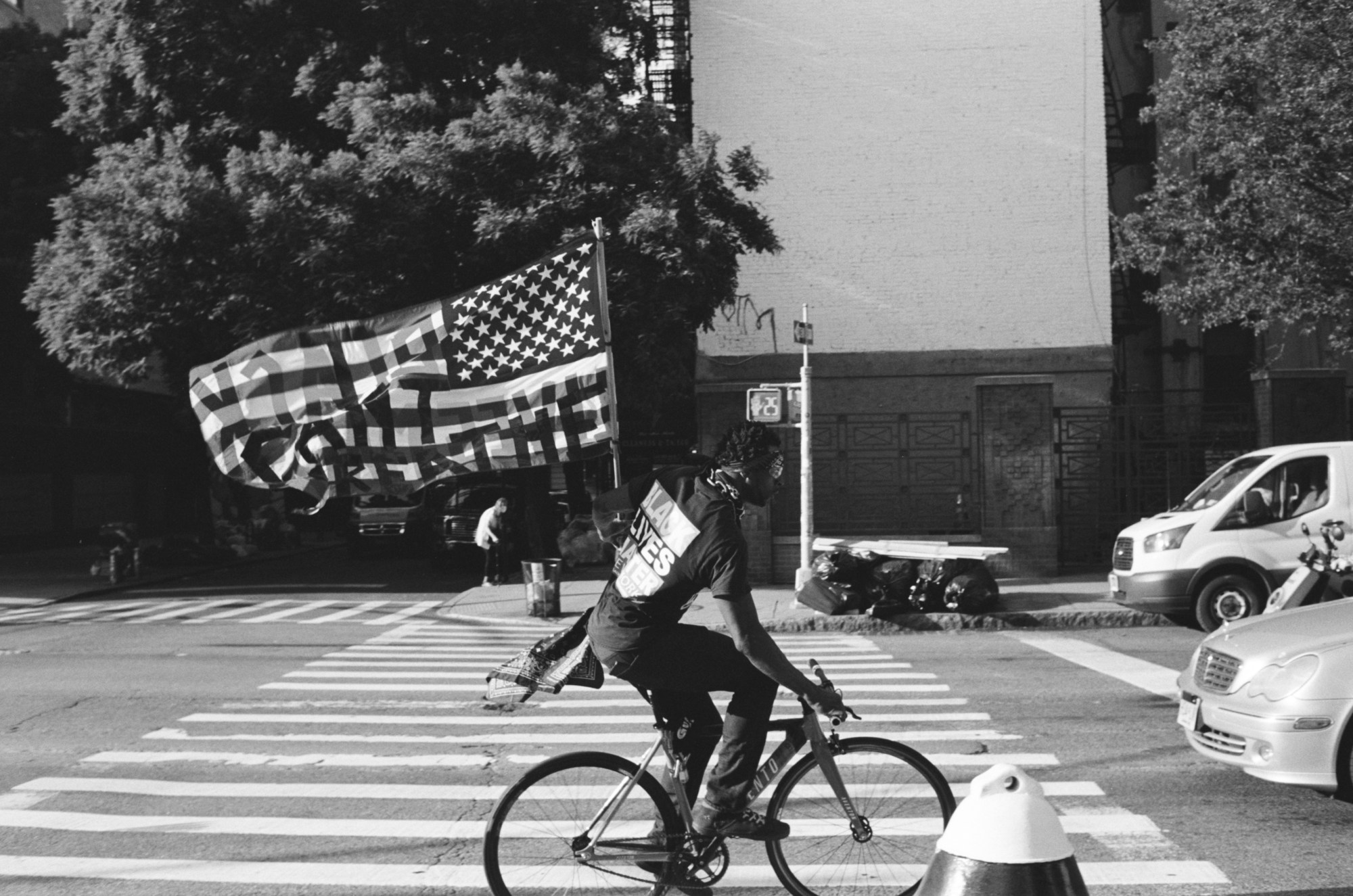Back in May, artist Neil Hamamoto presented the results of his landmark project, FREE FILM: USA, supported by his nonprofit worthless studios. Starting in New York, he and his team travelled in an airstream-turned-darkroom through Detroit, Milwaukee, Minneapolis, Kansas City, Denver, Salt Lake City, Portland, San Francisco, Los Angeles, San Diego, Santa Fe, Austin, New Orleans, Birmingham, Asheville, Baltimore and Philadelphia. In each city, Neil would hand out 35mm film and develop every roll before moving on, totalling almost 1,600 rolls of film.
“By handing over the film to these complete strangers, we get a more balanced representation of the theme and also get to be in multiple places at one time,” Neil told us back then. “In many cities, we actually get almost identical images from different participants. It’s the quantitative response that allows a 360-degree view of the subject and confirmation that the subject is in fact important.”
But no sooner did FREE FILM: USA launch at the end of May, did America suddenly erupt. The same landscapes Neil’s participants shot were now filled every day with hundreds, thousands of protestors wearing facemasks and and welding banners, demanding justice and reform to the country’s systemically racist police force.
Around the same time, photographer Andre D. Wagner was introduced to Neil by a mutual friend, and the pair discussed extending the project to capture this monumental period of American history. Here, he discusses the resulting project, FREE FILM: JUNE 2020, that came together from the photographs each participant made.
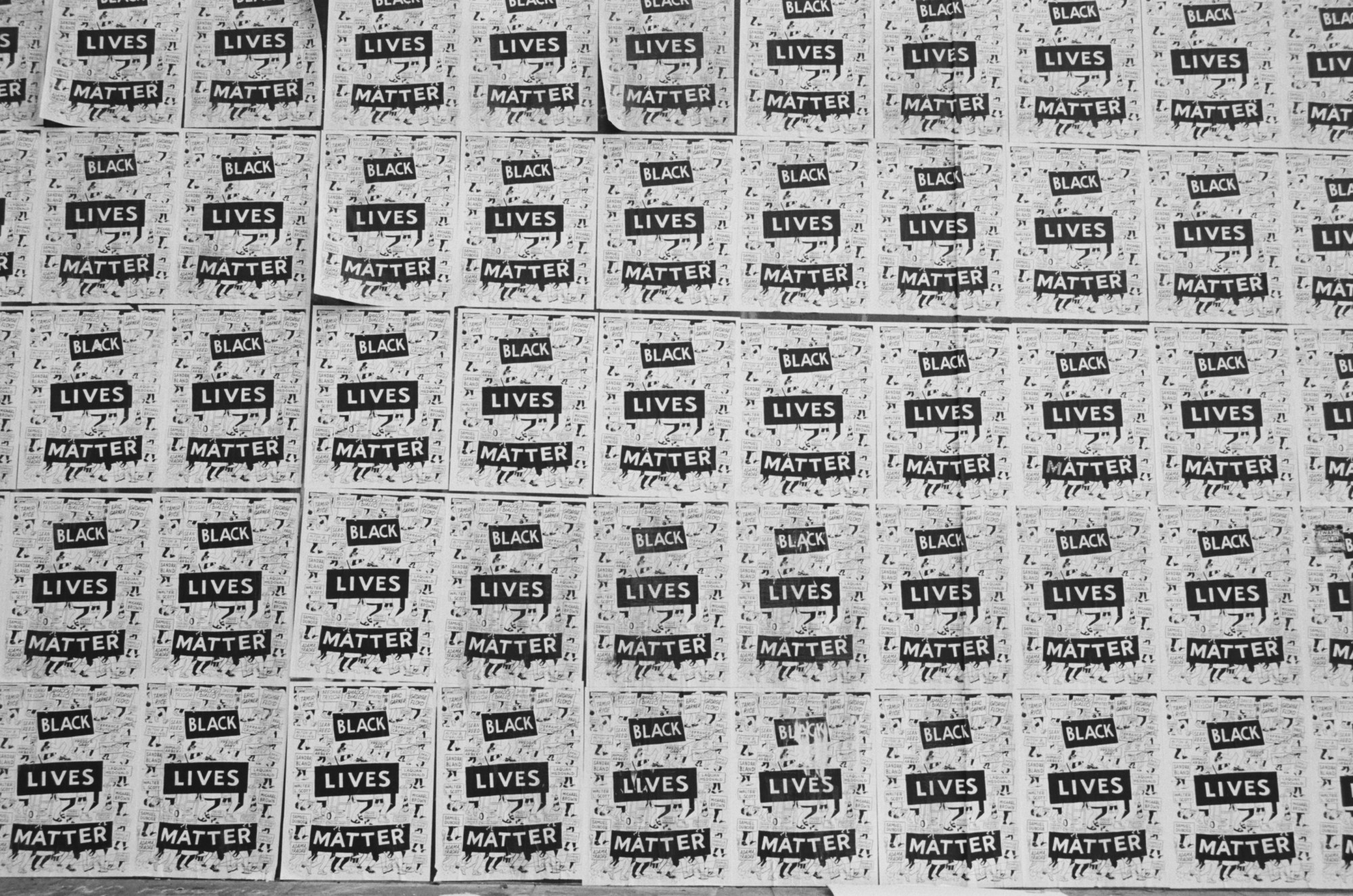
Tell us a little bit about your work and the stories you are drawn to as a photographer.
I make a lot of work in my direct community, photographing the people and places that I’m around. I turn the camera on myself and I also work on commission projects — usually focusing on people stories. My practice is that I generally make photographs everyday, and over the years I continue to build on themes that are sticking with me or a subject matter that I want to return to. It all happens pretty naturally in a way, I’ll realise that I’m already on to something, or I may visit a place and see photographic opportunity. I like to keep it loose, but when I get going on something it’s hard to slow down the obsession.
Photography has acted as such a valuable tool in this year’s protests, but at the same time it’s no longer reserved to just newspaper reports. What specifically do you look for in the images captured in this period — what cuts through the noise and distinguishes itself as incredible photography?
I’m looking for the emotion of the moment, and that can play out in different ways, it doesn’t necessarily have to be at a protest. There are so many different perspectives from around the county and so I’m looking for honest work, work that seems thoughtful and considerate. A lot of times people just get caught up in the sensation of a moment, but to me, a quiet photograph can be just as powerful.
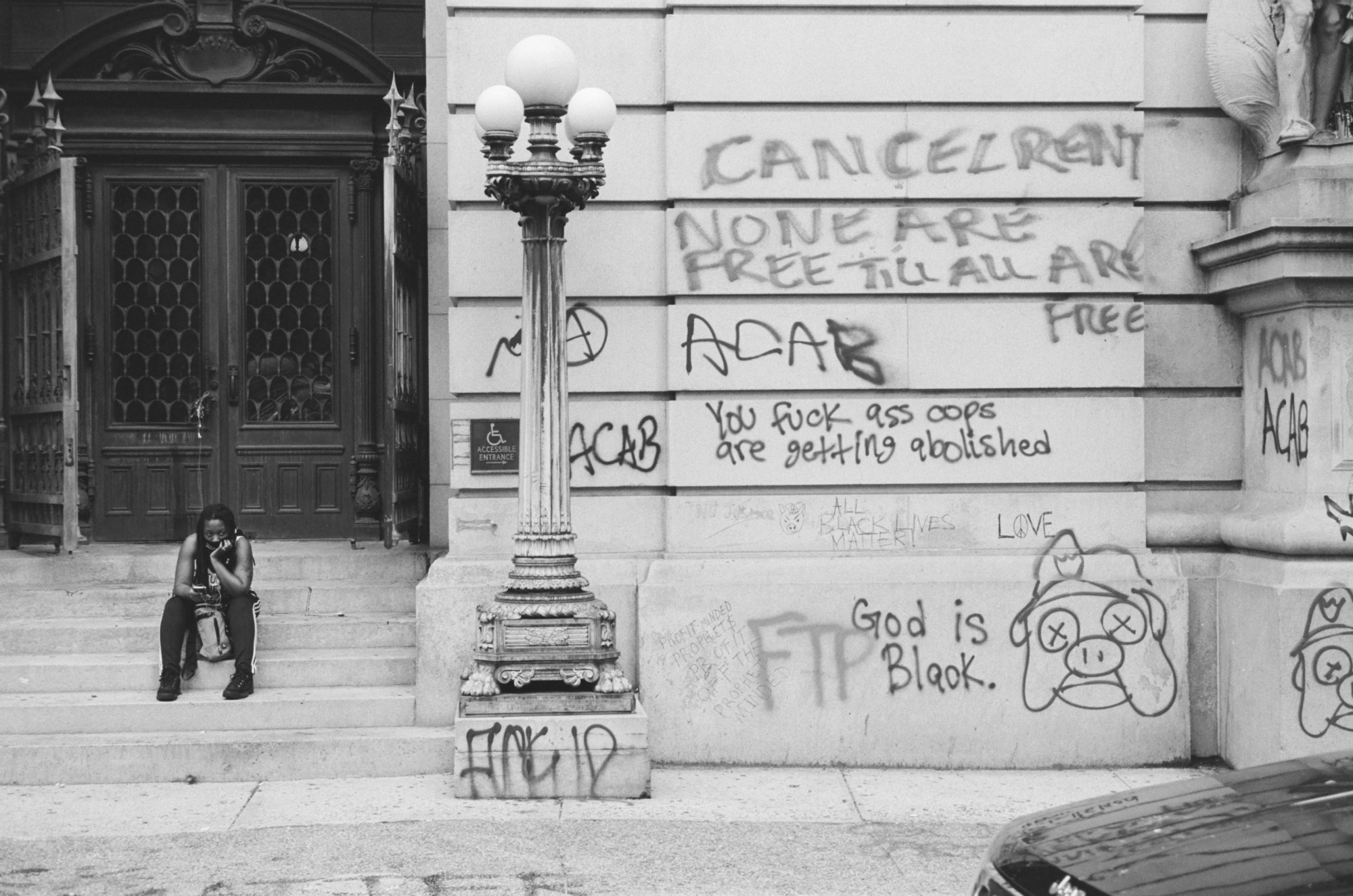
Tell us a bit about the photos that have made it into the zine and the process of choosing these with Neil.
Making these photos into a zine makes the process better in my opinion. Instead of just focusing on single images, we are working on threading images together that speak to each other and hit a note that the images can’t do alone. So we’re finding a relation and narrative while working on a sequence that makes all the photos sing together.
In your work, has your role and approach as a photographer changed in these past few months — throughout the protests and the pandemic — or are you still guided by the same impulses?
In a way I am guided by the same impulses — trying to shine light on communities and people that get overlooked. It’s really the same thing I was doing before the pandemic.
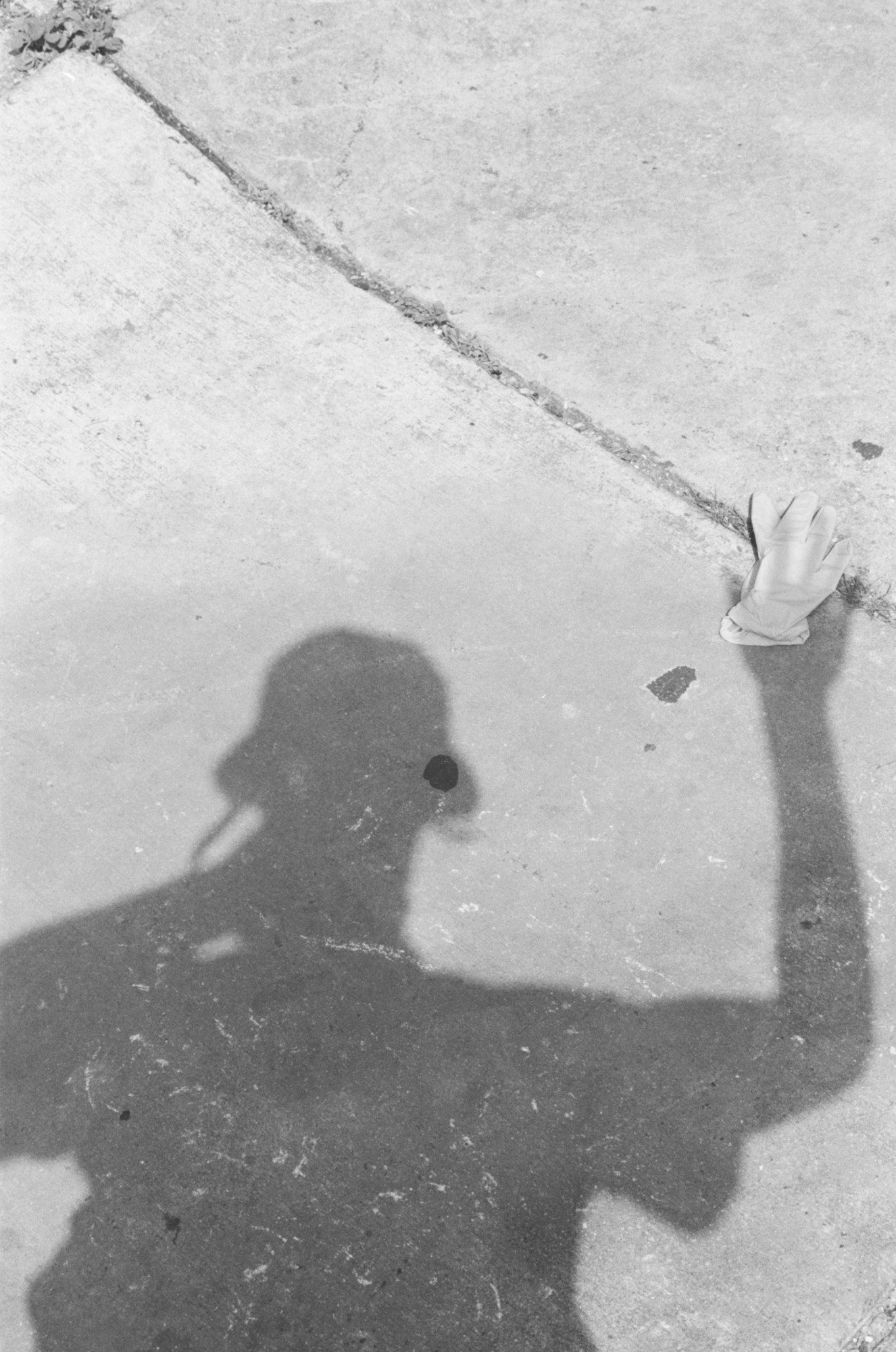
As someone who captures “normal” moments of daily life unfolding on the streets and in neighbourhoods – does your approach need to change in moments of abnormality?
The approach does have to change. I have to be mindful about the safety precautions that we all are practicing. I generally use a wide angle lens and like to work very closely to people, often talking to folks and thriving off the energy of the street. All of that is still there, it’s just very different. The community isn’t gathering as it used to but there are still plenty of stories to tell.
Who or where do you look for guidance in your own work?
I live with photography, so I’m always looking at prints and photo books, constantly educating myself and my eye. So where I go is inward, I bounce off what I know, what I have, and where I’m trying to go. It helps to have people and or editors that you can show work to as well, just to get some fresh eyes and conversations on the work. Sometimes a conversation can unlock more potential. But for me it always starts with myself and what I’m trying to say.
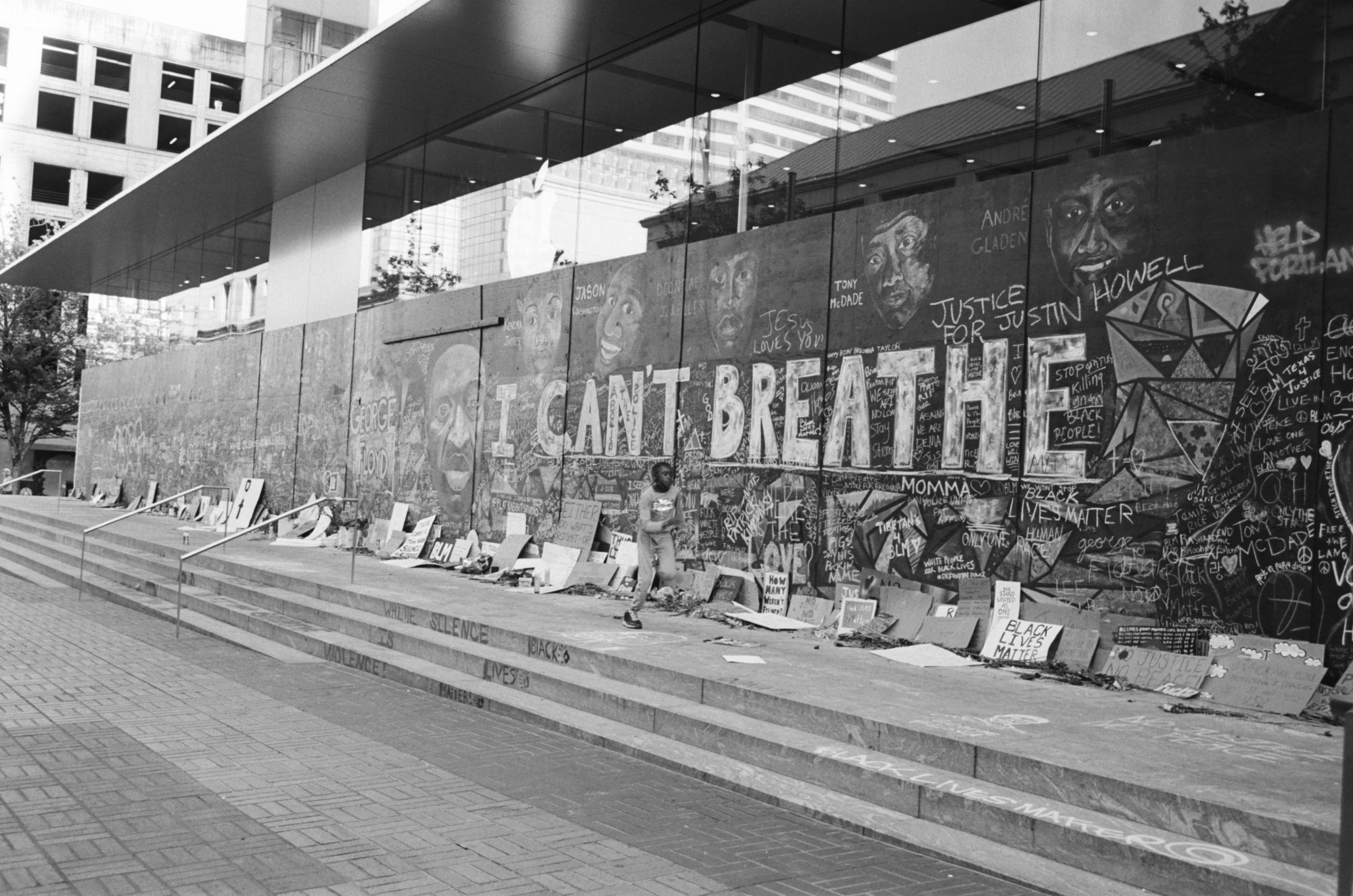

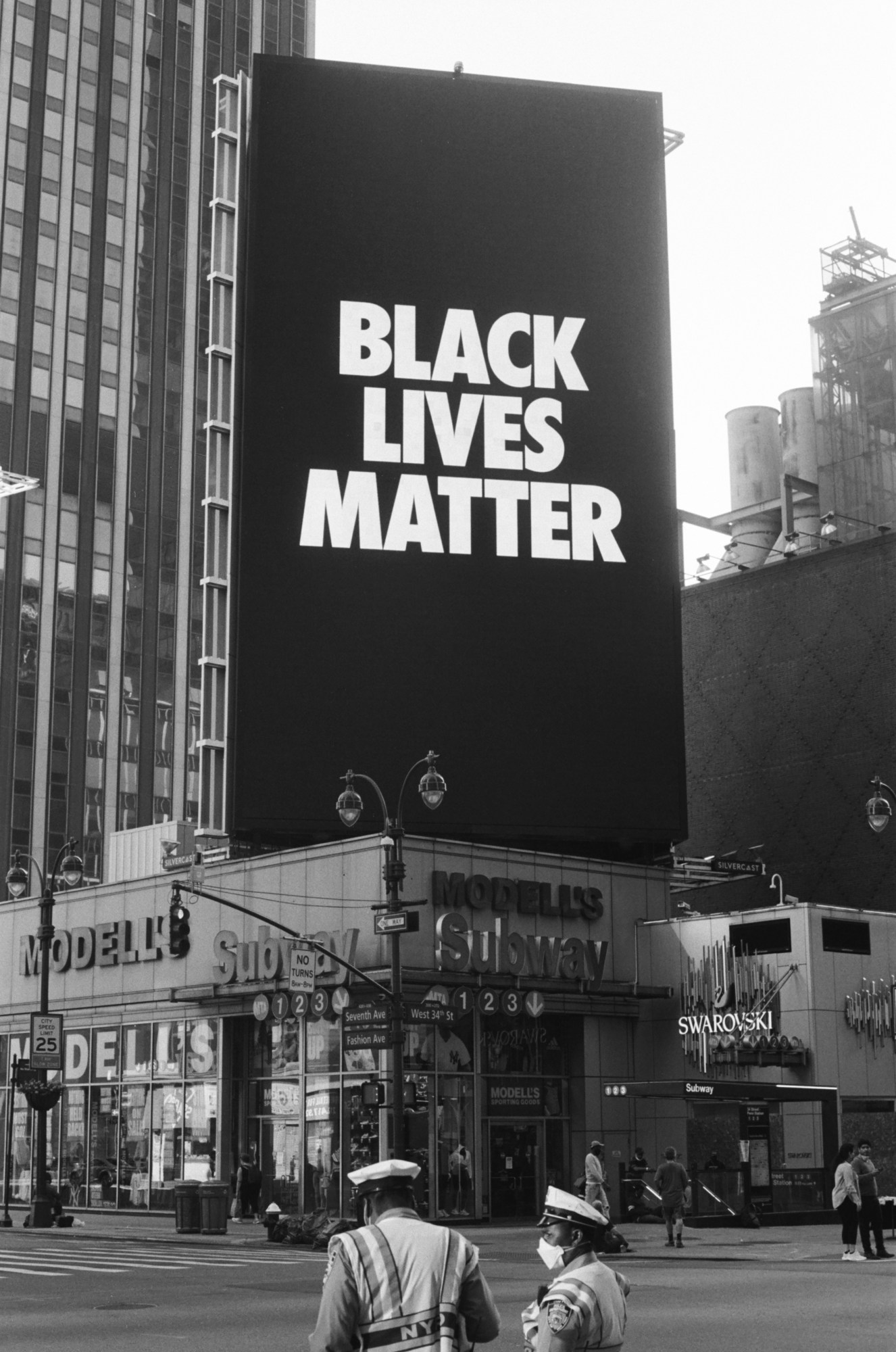
Credits
All images courtesy Neil Hamamoto and Andre D. Wagner
